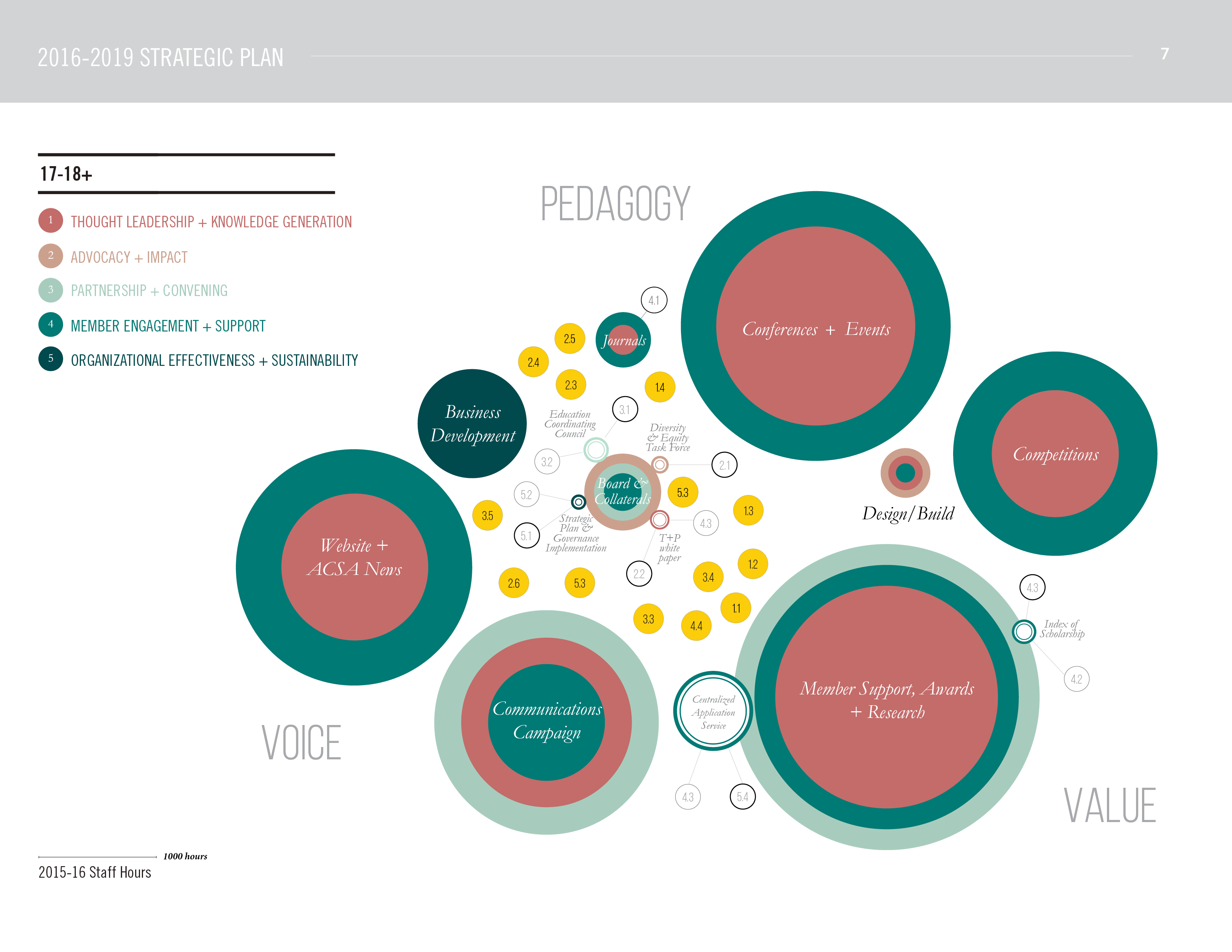by Bruce Lindsey, ACSA President
As you read this, I will be representing ACSA at the NCARB Licensing Advisors Summit in Chicago. There will be 258 advisers in attendance. Saturday, along with representatives of the AIA, NCARB, NAAB, and AIAS. I will participate on a panel that will address the future of architectural education. I will have five minutes. Not to spoil the surprise but here it is:
The future of architectural education is dynamic. The diversity of our schools, programs, degrees, and approaches is a strength. The lack of diversity in our student bodies, faculty, and profession is not. Technology is always the answer but the question is uncertain. Design is a hot topic. It is not just a process but also an expertise that involves experienced judgment. That’s why we practice. There is an ethical dimension to practice that is important because designs are predictions that affect things both directions in time. And finally, we need to figure out why the world does not know we think it needs us.
I think that might be only three minutes. Suggestions welcome.
STRATEGIC PLANNING, ADAPTIVE STRATEGY
This past year as president-elect I had the pleasure of chairing the planning committee charged with developing a new strategic plan with a 3-5 year view, the former plan having been written about 10 years ago. We engaged Nancy Alexander of Lumenance Consulting to help develop the plan and to think about the future of ACSA and its mission. Several weeks ago, at our summer meeting, the board voted to formally adopt the plan that is presented here.
Google “strategic planning” and you get 10 steps, tool boxes, templates, and, my favorite, “The Strategic Plan is Dead, Long Live Strategy” from the Stanford Innovation Review. I remain an inspired skeptic, but the process over the last year has been an amazing experience. If you want to get to know new colleagues fast, work on a strategic plan together.
A concept from the Stanford article has made me less of a skeptic. With an adaptive strategy we hope to allow the plan to be at once precise and flexible as we move into a future that we know will be uncertain. Amanda Gann of the ACSA staff is working on an interactive dashboard that will help us track our progress. I love technology.
A pivotal moment in the process of developing the plan occurred when Nancy Alexander helped us consider the value of beginning to see the organization moving from a position of serving to one of leading. This powerful idea will take more than five minutes and will require a truly collaborative effort between ACSA and our member schools and colleagues. I am excited to solicit your feedback and your help as we approach a new year and the implementation of the new plan.
I would like to thank Mike Monti and the amazing ACSA staff, and Marilys Nepomechie as she moves from president to past president. Her leadership this last year has helped ACSA increase its international presence and has helped lead the board toward a new organizational structure that will begin this fall among other accomplishments. I very much look forward to the coming year’s work alongside Marilys, the two presidents-elect, Francisco J. Rodriguez-Suarez and Branko Kolarevic, and the entire board.
In the cab on the way to the airport from the summer board meeting my Ethiopian cab driver asked me what I did. When I responded, “I am a professor,” he said, “You don’t need to be famous to be unforgettable. Being a teacher is good enough.” This response reminded me of a favorite warning from Kierkegaard that a professor is a teacher without paradox. I am very proud to be serving as president of an organization that supports teachers and their schools knowing that while education is usually blamed, it remains our best hope.
Sincerely,
Bruce Lindsey

 Study Architecture
Study Architecture  ProPEL
ProPEL 
